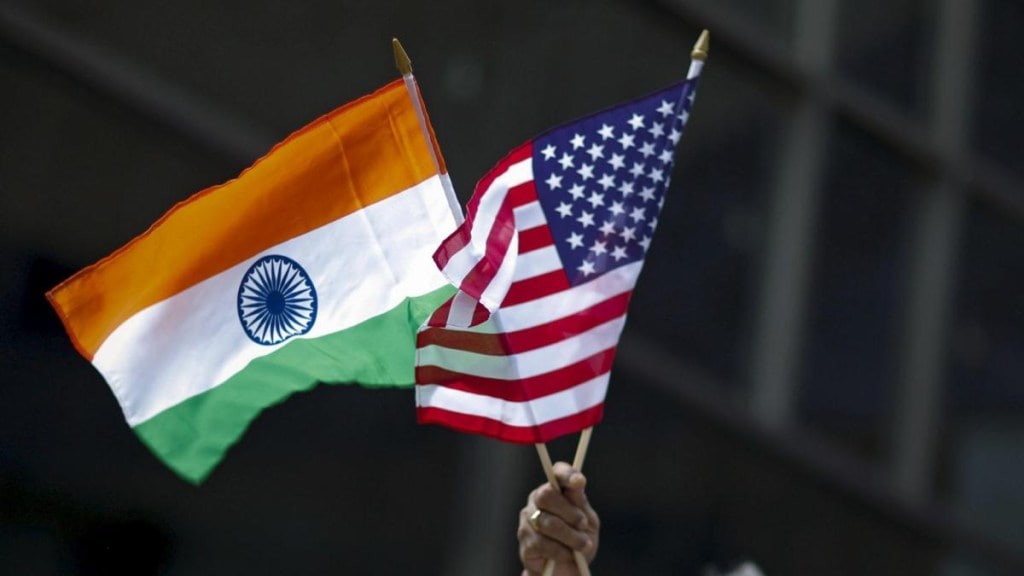India would do well to forego its conservative approach to world trade and look to lower tariffs where domestic vulnerabilities are non-existent or manageable. Reciprocal tariffs by the US, where roughly a fifth of the country’s merchandise shipments go, could be tackled much more easily than generally perceived.
This is partly because import tariffs (basic customs duty) are no longer a key revenue source. India’s customs revenues are just 4% of the value of its imported merchandise, even though tariff rates look high in global comparison. Besides, 80% of India’s customs revenues come from less than 10% of the tariff lines, leaving enough room for adjustments. Carefully designed tariff concessions — even if these are large enough to meet the US demand for reciprocity — might not be harmful to Indian economy because substantial sections of local industry can now withstand import duty cuts.
In many cases, imported inputs will also make domestic value addition more efficient. Also, local units could potentially make incremental gains in export markets from the relatively higher tariff walls major competitors like China have started facing.
However, in areas other than tariffs, New Delhi must certainly not bend over backwards to placate the US. The Trump 2.0 administration is insistent on India being more accommodative of the interests of Big Tech, Big Pharma, and the large US defence equipment makers.
There has already been a great deal of integration of the US-origin defence items into India’s inventory. While this has indeed helped the country fortify its defence preparedness, and runs parallel to heightened efforts to indigenise defence production, reciprocal defence procurement with the US hasn’t progressed from customary remarks made in joint statements. Also, it is perfectly legitimate for India to expect to have overseas digital firms, including Big Tech and others based out of the US that make considerable profits in India, pay their fair share of taxes here.
New Delhi was initially reluctant to embrace the Pillar-one solution for taxing the digital economy, and introduced equalisation levies in 2016 and 2020. In Budget FY25, the government announced withdrawal of the more substantive 2% levy on non-resident e-commerce operators, virtually removing the tax on all firms who can claim treaty benefits (most can).
The Finance Bill 2025 is now being used to scrap a 6% impost on online advertisements. It is disconcerting that India has unilaterally forsaken this important taxing right even while a permanent multilateral solution to the challenges of digital taxation has only become more uncertain. With its burgeoning consumer market and wide digital user base, the revenue prospects are immense for India from digital economy taxation.
There are also concerns about whether India would relax its data localisation norms any further for the US, in a way that could undermine its sovereign control on the most valuable asset in today’s world. Big Tech having unfettered access to domestic data could be detrimental to India’s interests, and worsen the inequalities in digital industrialisation.
India needs to be wary about being excessively liberal in these and other important areas of economic engagement with the US, including patent rights. A key, but not adequately highlighted, part of the Trump-Modi agreement during the latter’s recent visit to the US is the TRUST (Transforming the Relationship Utilizing Strategic Technology) initiative. This must be proactively capitalised by India for technology assimilation, in emerging areas like artificial intelligence, semiconductors, quantum computing, biotechnology, energy, and space.
